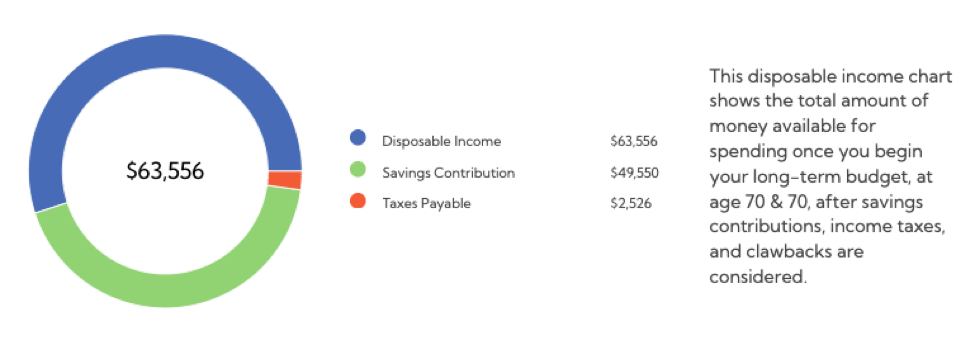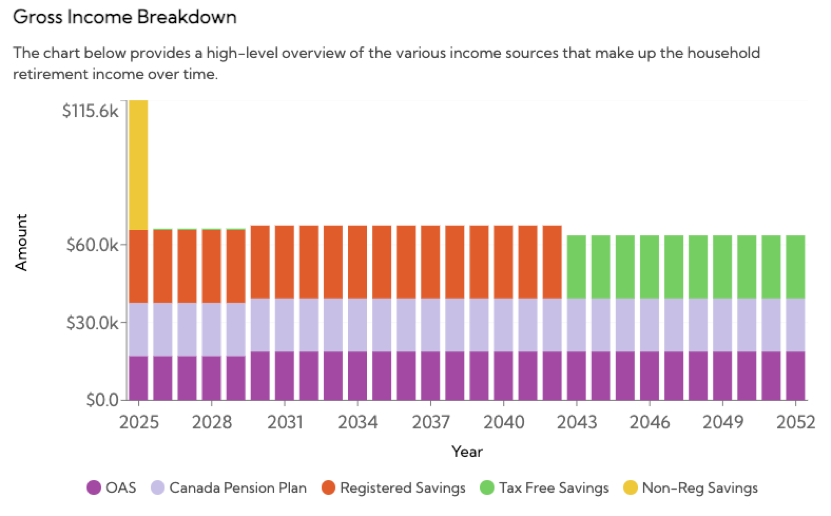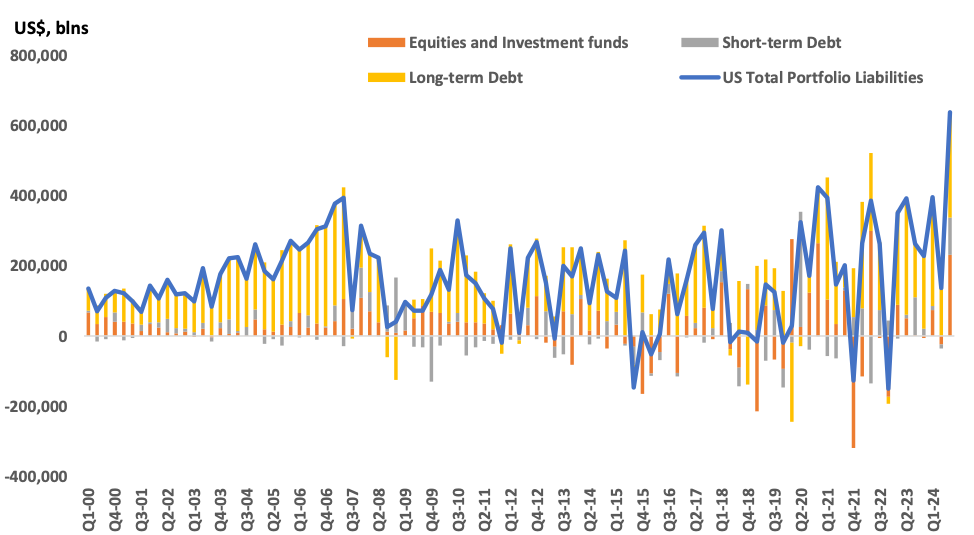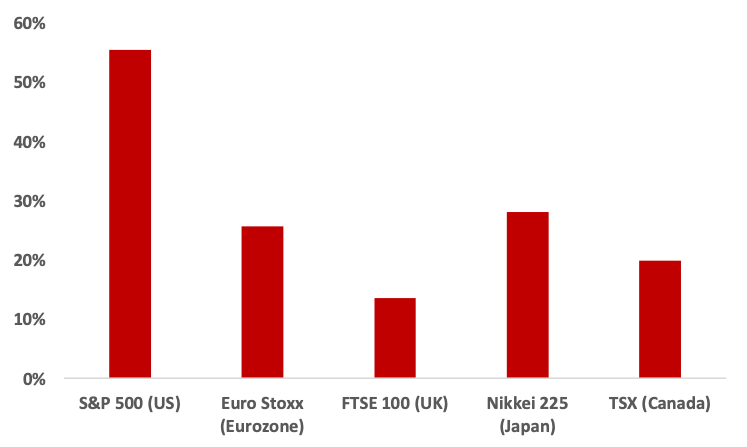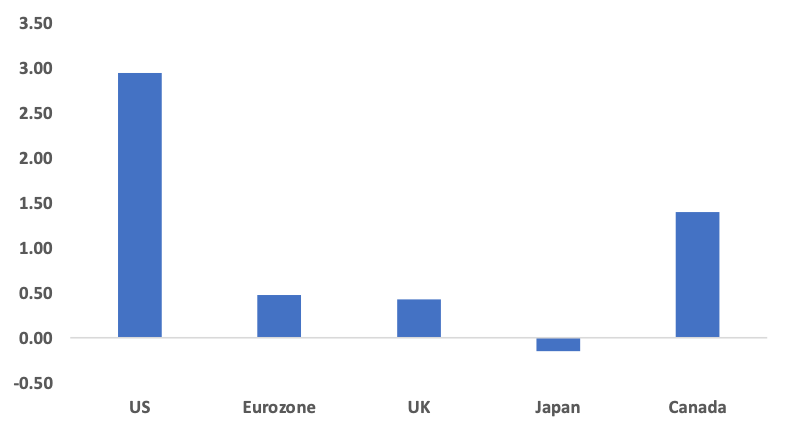By Jim McKinley
Special to Financial Independence Hub
Our relationship with money often shapes many aspects of our lives, influencing decisions and perspectives. Developing a healthier connection with finances can lead to greater peace of mind and a stronger sense of control. By exploring thoughtful strategies, individuals can create a balanced approach that fosters both stability and growth.
Align Finances with Personal Values
Developing a personalized financial plan begins with identifying your core values and long-term aspirations. This process ensures that your financial decisions are purpose-driven and aligned with what matters most to you, whether it’s achieving financial independence, supporting family, or pursuing personal passions. Start by assessing your current financial situation, including income, expenses, and debts, and then outline specific, measurable goals that reflect your priorities.
Practice Mindful Spending

Incorporating mindfulness into your financial habits can transform how you manage money. By consciously evaluating each purchase, you can determine if it aligns with your core values and long-term goals, reducing impulsive buying.
This practice fosters better financial decisions, increased savings, and improved financial security. Understanding the emotional cues that lead to unnecessary expenses allows you to address them effectively, minimizing the risk of falling into debt.
Mindfulness empowers you to make deliberate and informed financial choices, paving the way for a more stable and sustainable financial future.
Manage your Finances with Budget Templates
Mastering the art of budgeting is a crucial step in managing your finances. Creating a budget provides a clear picture of your income and expenses, helping you make informed decisions and avoid overspending. By sticking to a budget, you can save for future goals and reduce financial stress. To simplify this process, consider using budget templates, which offer a variety of styles to fit your circumstances. These templates are customizable, allowing you to tailor them to your unique financial situation and manage your finances more effectively—learn more about the benefits of using a budget template.
Embrace Zero-based Budgeting
Zero-based budgeting is a strategic approach that assigns a purpose to every dollar you earn, ensuring your spending aligns with your financial aspirations. By planning where each dollar goes—whether for essentials like housing and groceries or for savings and debt reduction—you can take charge of your financial destiny. This method is particularly advantageous for those with steady income, but it can be adapted for individuals with variable earnings by making monthly adjustments. Continue Reading…

